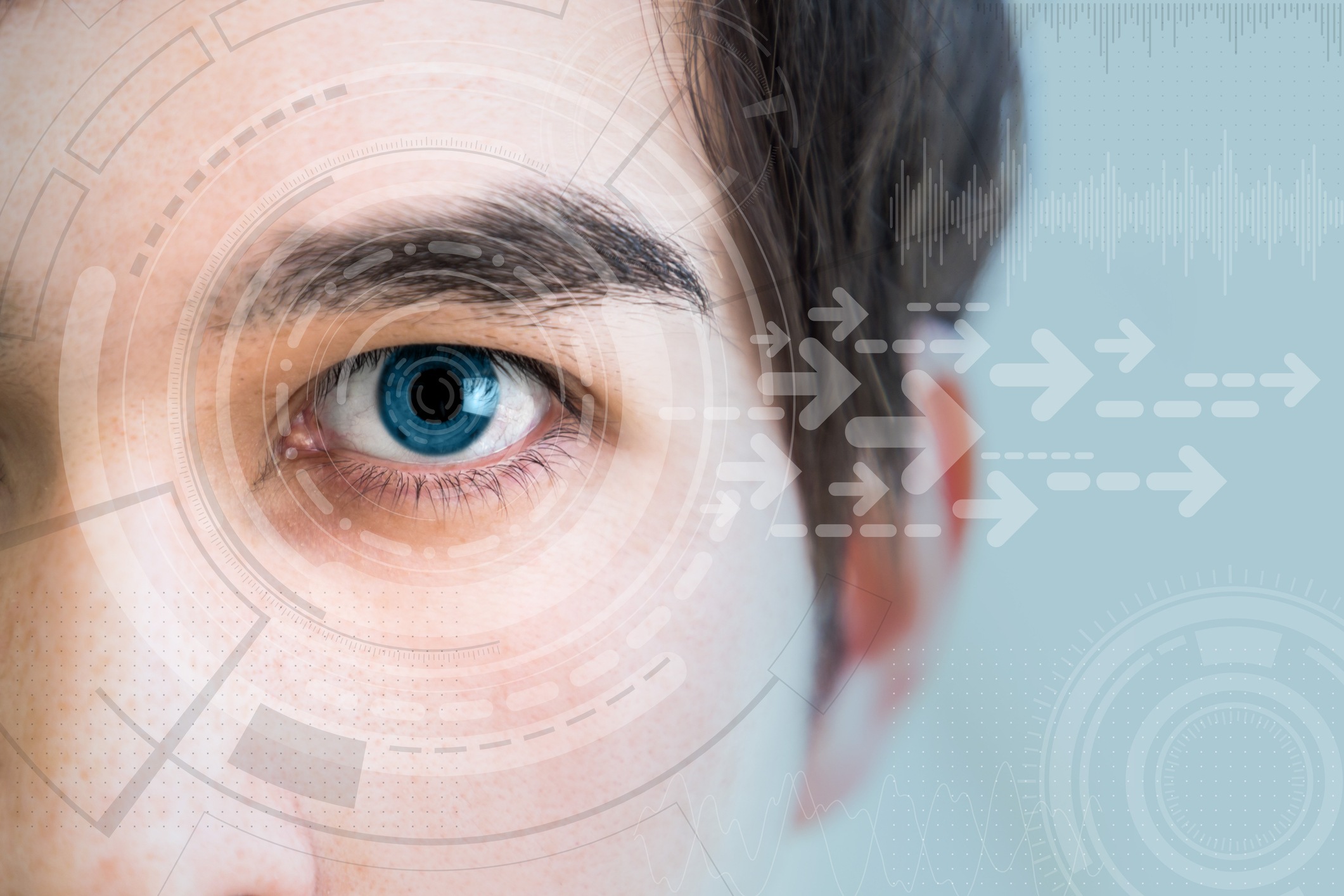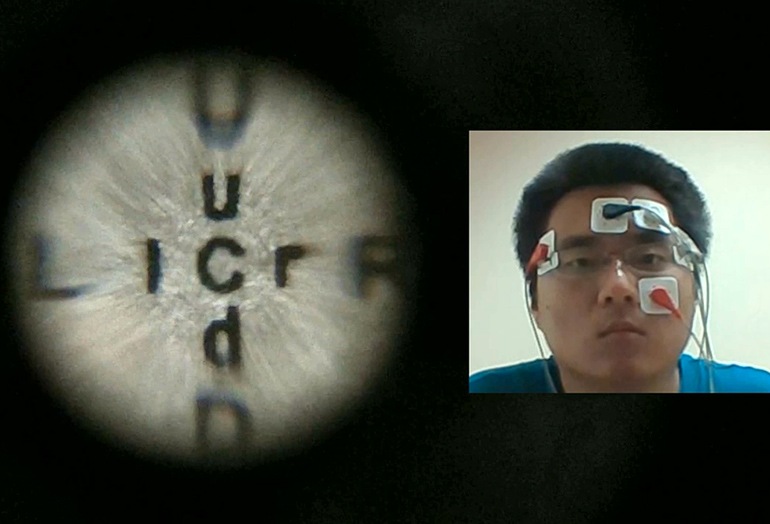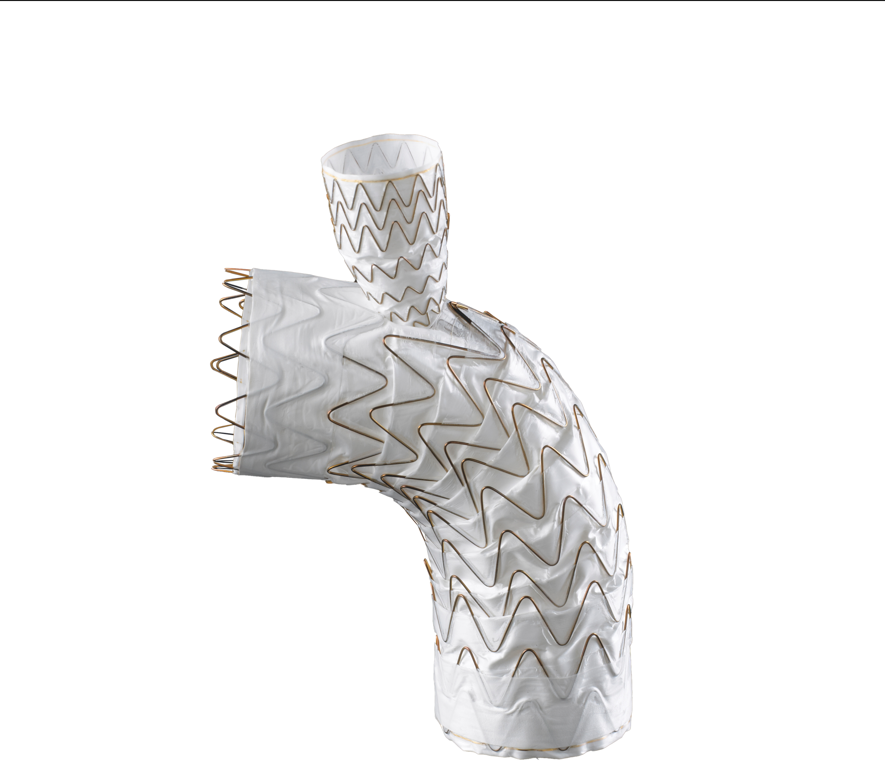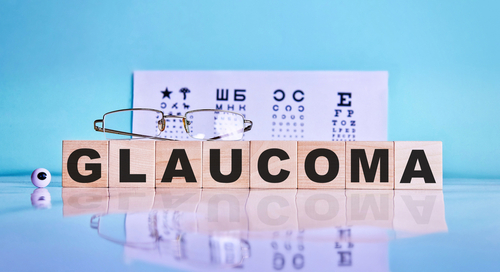
A research team from the University of California San Diego and the Harbin Institute of Technology in China have recently created a contact lens has zoom capabilities controlled by one’s blinking. The researchers hope that this smart eyewear will one day be used as a form of wearable binoculars. A paper describing their work was published recently in Advanced Functional Materials.
The smart lens’ ability to zoom is powered by electrical impulses within the eye. These researchers noted that the electrical potential between the front and back of the eye differ when the eye is closed. This physical property was used to control the contact lens.
This wearable lens, described as a biomimetic soft lens, is a thin sack containing saline. The membrane that forms this sack consists of polymers that change the lens’ shape based on voltage. Blinking patterns change the eye’s electrical potential and make the lens more convex or concave, effectively zooming in the depth of vision. If you want to wear lens for aesthetic purposes only, you can try popular ones like those kpop idol lenses.
The lens has not yet been used in the human eye but has shown success in models. It is contained in a large electromagnetic system that is used to change its shape based on a human’s eye activity. Participants wore electrodes on the skin around their eye to measure electrical impulses generated eye movement.

These electric signals relayed to the lens and effectively changed its focal length based on the number of blinks. When the participant blinked twice, the electrodes triggered the lens to change its shape to the programmed level of zoom.
In addition to being used in visual prostheses and adjustable glasses, the researchers also feel that this lens could be used to help those with disabilities control various machines and robots.
“Even if your eye cannot see anything, many people can still move their eyeball and generate this electro-oculographic signal,” said co-author Shengqiang Cai to New Scientist.
Cai and colleagues aspire to soon have a miniaturized proof-of-concept prototype to be used on the eye.
This human-machine interface follows suit of other attempts at creating a “smart lens,” including Google’s wearable device for diabetic patients. The company has experimented with a glucose monitor that can be embedded into a contact lens. This lens detects the amount of sugar in the liquid that surrounds the eye and uses a small LED light within the device to communicate whether or not the blood sugar is in a healthy range. This device could provide a wireless, continuous, and noninvasive way to monitor the physiological imbalance that burdens the lives of diabetics.
Soft contact lens which can zoom in when you blink twice developed by scientists https://t.co/l5E4yLVeo9
— Newsweek (@Newsweek) July 30, 2019







 © 2025 Mashup Media, LLC, a Formedics Property. All Rights Reserved.
© 2025 Mashup Media, LLC, a Formedics Property. All Rights Reserved.